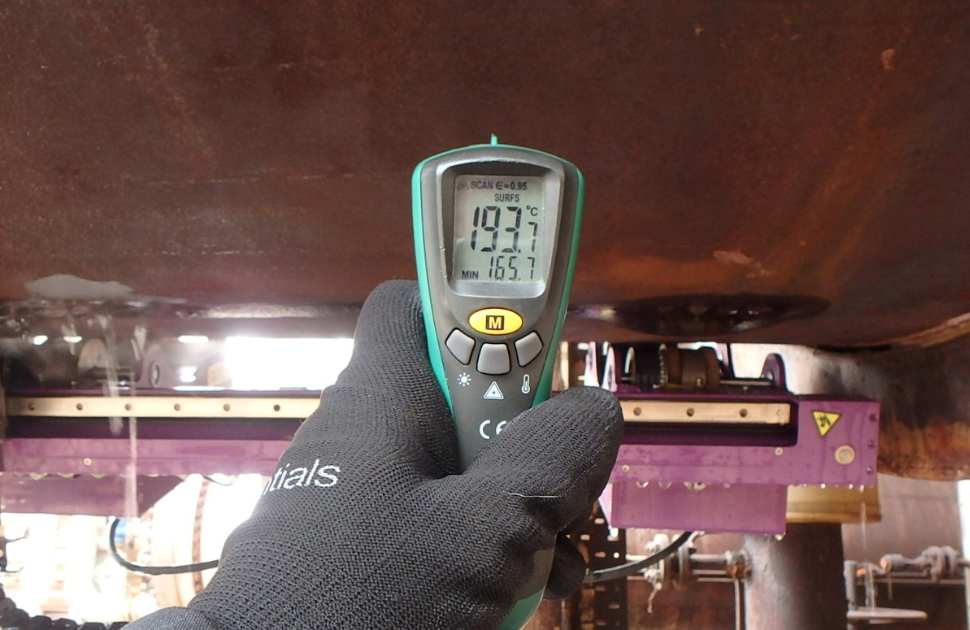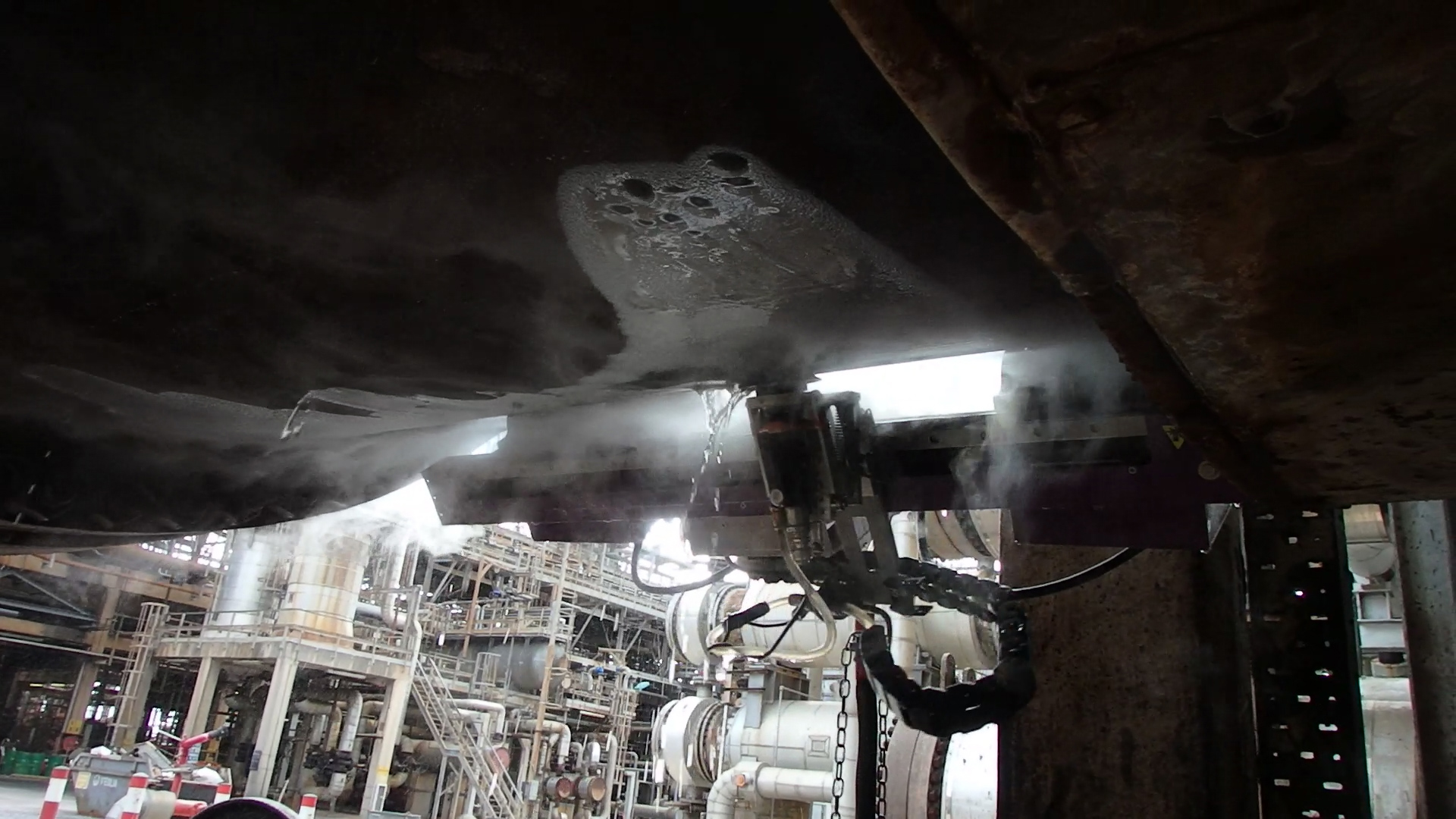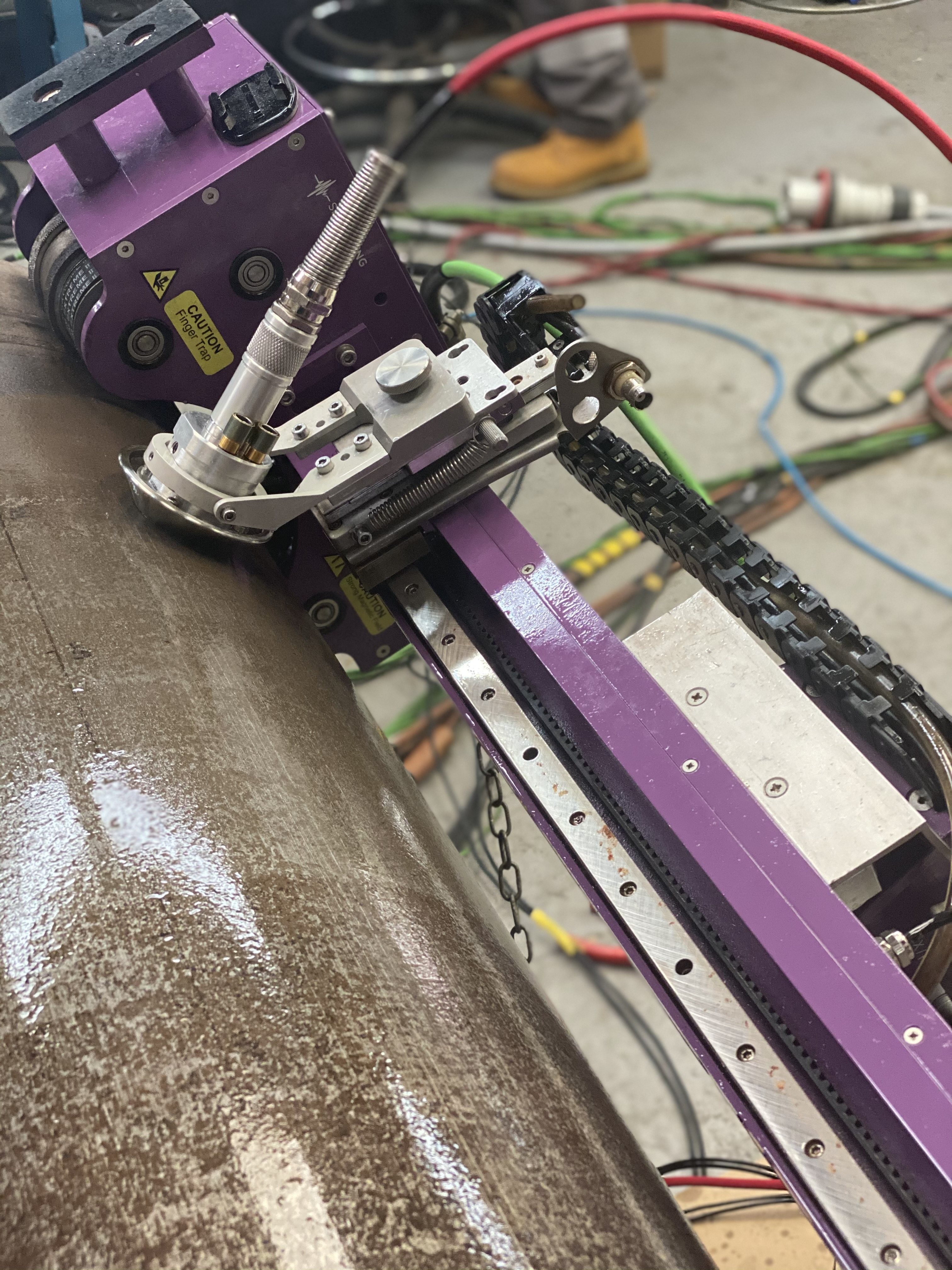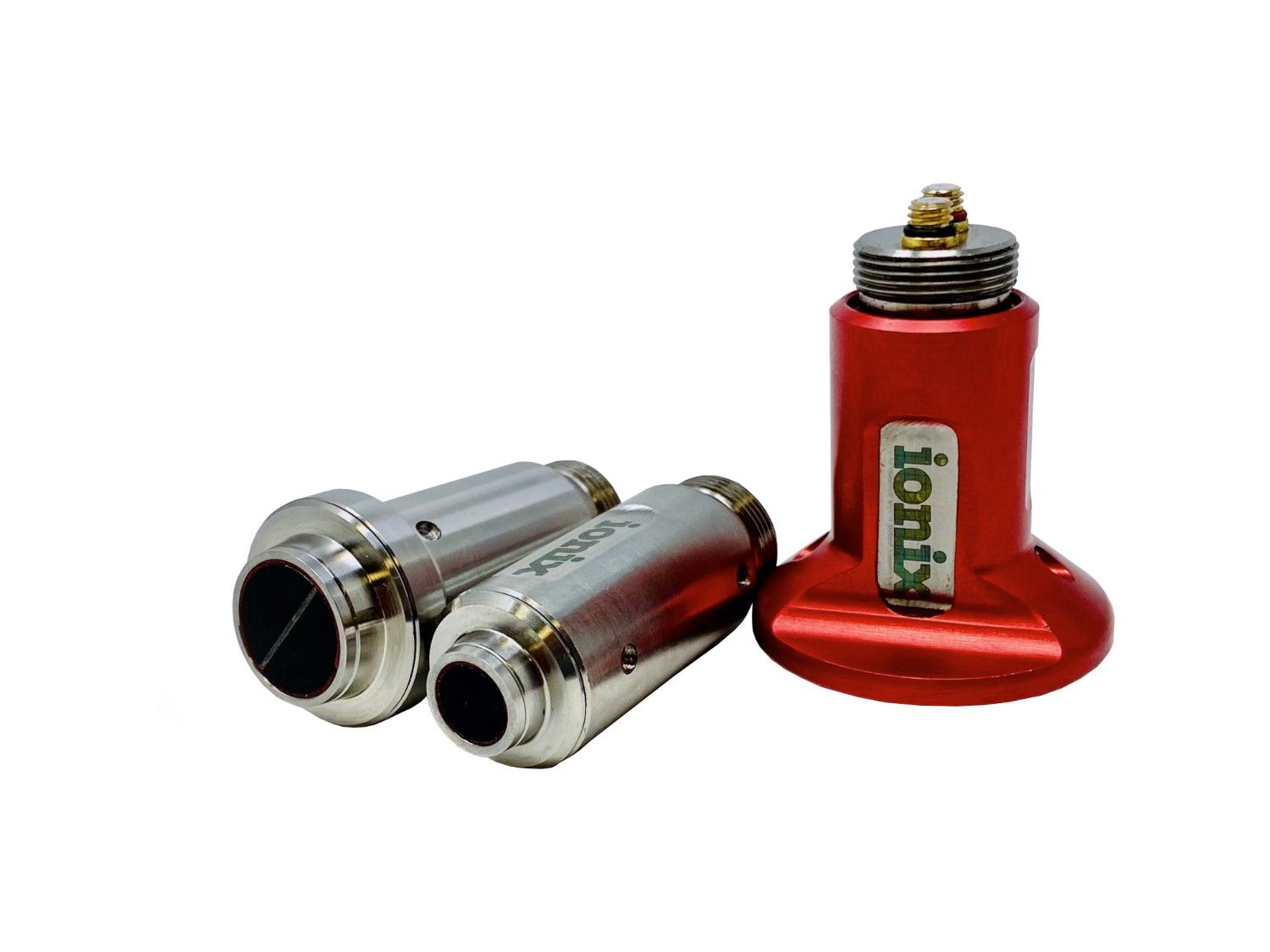Corrosion Monitoring
Corrosion Mapping for High Temperature Onstream Piping Circuits.
Published on 4th July 2023

Image Credit @eddyfi
Day in and out, piping circuits can be found in petrochemical, refinery, and energy facilities carrying high-pressure, high-temperature fluids such as hydrocarbons and steam to safely and efficiently perform various processes like distilling crude or driving turbines. The harsh environmental conditions these circuits operate under introduce damage mechanisms such as corrosion/erosion or cracks which can result in a catastrophic release of process fluids. For example, naphthenic acid accelerated sulfidation corrosion can cause uniform wall loss from as low as approximately 180 degrees Celsius (356 degrees Fahrenheit) which is difficult to predict, costly to repair, and has previously caused calamitous ruptures in piping, tubing, pressure vessels, and other refinery assets. Non-Intrusive Inspection (NII) and Non-Destructive Testing (NDT) actions can help support the safe fitness-for-service (FSS) of these critical piping circuits.
The Challenge
Wide coverage, limited access, and high temperatures make process piping circuit inspection difficult and unreliable without shutdown or isolation to cool.
The extensive piping running throughout petrochemical process units and power generation plants can present a challenge for close monitoring of corrosion or defects due to high surface temperatures. Where access is feasible, NDT technicians will typically perform spot readings with high-duty cycles, making quick measurements to avoid measurement drift and with frequent calibration which may impact inspection quality. Working in this high-temperature environment creates potential safety concerns due to exposure to high surface temperatures. Engineers responsible for risk-based inspection programs may not receive a comprehensive picture of the high-temperature piping circuit condition with this manual assessment, but taking the asset offline is also counterproductive and imparts delays.
The Solution
An ultrasonic scanner with high-temperature transducers provides in-service corrosion mapping of onstream assets running continuously up to 200 degrees Celsius (392 degrees Fahrenheit).
20250714163245.jpeg)

20250714152638.jpg)

Automated Ultrasonic Testing (AUT) has proven to be an effective method for corrosion mapping, and inspection and continuous monitoring of piping with onstream circuits at temperature is now possible with a remotely operated scanner integrating Ultrasonic Testing (UT) technology from lonix Advanced Technologies. This pairing helps produce high-resolution thickness measurements or weld inspection data and removes the need for prior or additional screening, shutdown, or outages.

The RMS 2 remote-controlled ultrasonic corrosion mapping solution by Eddyfi Technologies features an extended umbilical and robust component capable of operating on surfaces with temperatures up to 200 degrees Celsius (392 degrees Fahrenheit) continuously, removing operators from these hazardous areas. The remote-access NDT scanner has a range of probe holders that support high-temperature dual-element and time-of-flight-diffraction transducers by Ionix who are experts in challenging environment ultrasonics. The HotSense UT technology can continuously scan surface temperatures up to 350 degrees Celsius (667 degrees Fahrenheit) without duty cycling or cooling. It maintains accurate calibration that allows the probes to reach equilibrium with the asset surface temperature, without measurement drift from heating and cooling gradients.
An in-service onstream piping circuit inspection was conducted using an RMS 2 with Ionix HS582i 5 MHz, dual element probes integrated by a dedicated heat-resistant probe holder. The pipe was a 250-millimeter (10-inch) nominal pipe size diameter, schedule 40 hot services A106B steel, with a nominal thickness of 9.3 millimeters (0.36 inches) and a surface temperature of 200 degrees Celsius (392 degrees Fahrenheit) recorded by an infrared thermometer. An HS582i was connected to a Mantis and standardized on two steps of a reference block at ambient temperature before being placed in contact with the pipe, allowing heat equilibrium (approximately 60 seconds). The probe zero was adjusted to compensate for the increased temperature and the velocity was corrected according to ISO 16809 by 0.8 meters (2.6 feet) per second, per degree Celsius.
Using a high-temperature pumpable couplant, the RMS 2 successfully collected high-quality C-scan data for an easily understood corrosion map of the pipe circumference. This was achieved by rasterizing 450 millimeters (17 inches) axially and capturing A-scans in 1-millimeter (0.03-inch) steps in each axis covering the circumference. A time-corrected gain was employed, and the time-of-flight was determined by gating echoes at maximum peak amplitude to mitigate the effects of increased scatter and attenuation at elevated temperatures that may reduce the reliability of zero crossing measurements.
Several scans were conducted over a three-hour period with the RMS 2 on the surface a maximum duration of 30 minutes. It is recommended to allow the system to cool down for five minutes between each 30-minute interval.
20250714163413.jpeg)
With the RMS 2 and Ionix HotSense transducers, technicians can safely and completely map corrosion of in-service, onstream piping circuits and provide engineers with a comprehensive, real-time dataset to make reliable recommendations. Eddyfi Technologies offers a range of advanced NDT solutions to help stakeholders in the energy sector maximize production efficiencies, lower risk and stay Beyond Current. Contact Us to learn more.
The Benefits
Human and environmental risk is minimized while maintaining operational efficiency, and a comprehensive report is available for clients to make real-time data-driven business decisions.
The robotic RMS 2 with Ionix ultrasonic transducers provides objective, digital data for wall thickness measurements and FFS on high-temperature piping circuits while reducing both human and environmental risk and maintaining operations. The solution enables engineers to provide asset owners with precise and consistent data that accurately determine remaining life assessments and optimizes maintenance or repair scheduling.








